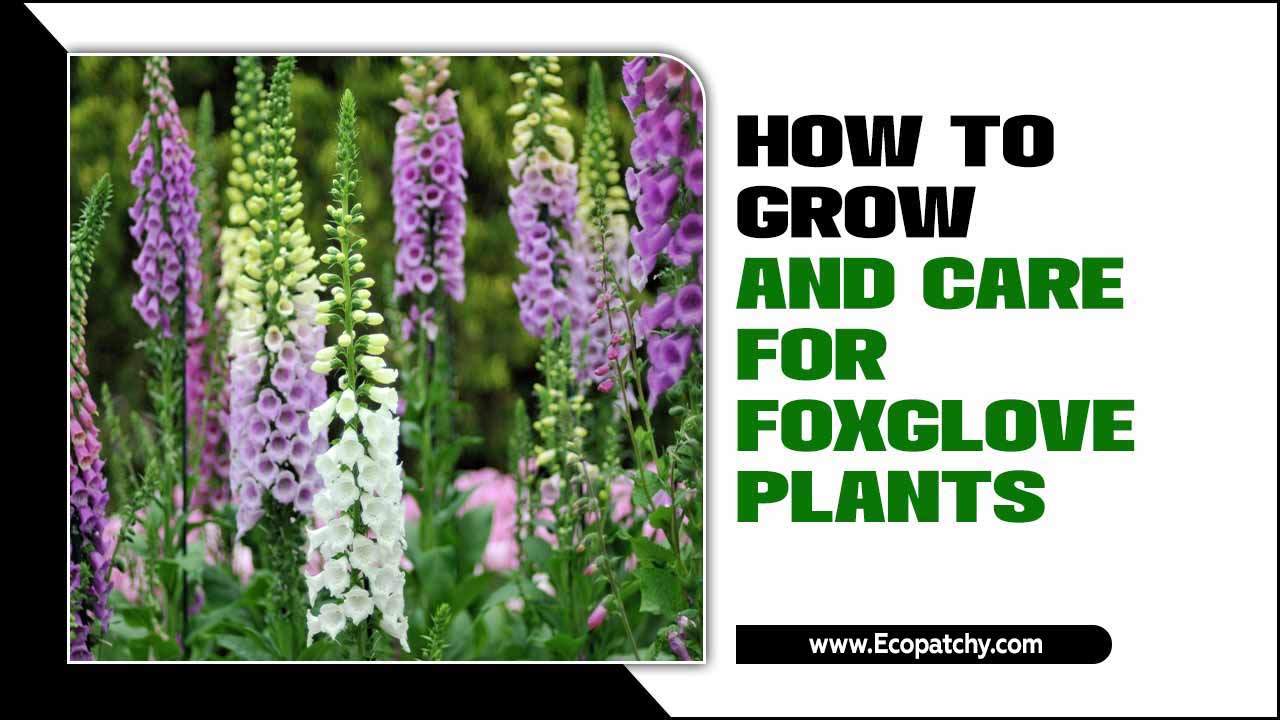A beautiful and vibrant garden is the dream of every gardener. The colorful flowers, the lush greenery, and the tranquil atmosphere of a garden can bring joy and relaxation to any space.
However, maintaining a garden can be daunting, especially for those with limited time and resources. Here, we’ll dive into the ins and outs of biennial plants – what they are, their life cycle, how they differ from other plants, and why you should consider adding them to your garden.
We’ll also provide tips on planting and growing biennials and maintaining their health and beauty. Plus, we’ve highlighted some easy-to-grow biennials like foxgloves, sweet William, primrose, and forget-me-nots that will add a touch of elegance to your garden. We will also discuss bringing life to your garden with easy to grow biennials.

About Biennial Plants
Biennial plants follow a two-year life cycle, with the first year dedicated to establishing strong roots and growing foliage. In their second year, these plants bloom and produce beautiful flowers, adding variety and color to your garden. Some biennials self-seed, while others require replanting from seeds.
By incorporating biennial plants into your garden, you can enjoy fabulous flowers such as dianthus barbatus and oenothera biennis. The good news is that these plants offer a similar look to annual plants but have the advantage of returning for a second summer in full bloom.
Gardeners in the UK can grow biennials like irises and kale, which belong to the same genus. Planting biennials in late spring or midsummer at a depth of a few inches ensures they thrive and bring life to your garden.
Defining Biennial Plants

Biennial plants, known as two-year plants, complete their entire life cycle over two years. In the first year, biennials focus on producing foliage and establishing a strong root system. During the second year, these plants shine as they bloom and produce beautiful flowers, followed by seeds.
Common examples of biennial plants include wallflowers, hollyhocks, and foxgloves. These plants are popular among gardeners for creating stunning and long-lasting displays in gardens without compromising on variety or color.
The Life Cycle Of Biennials
Biennials, such as foxgloves and hollyhocks, complete their entire life cycle in two years. In the first year, they focus on growing foliage and establishing a strong root system. Once they enter their second year, biennials bloom and produce seeds, adding variety and color to your garden throughout the growing season.
It’s good news for gardeners who love fabulous flowers that many biennials, like dianthus barbatus and oenothera biennis, are loved by pollinators. So, consider easy-to-grow biennials with their intriguing life cycle to bring life to your garden.
How Biennials Differ From Other Plants
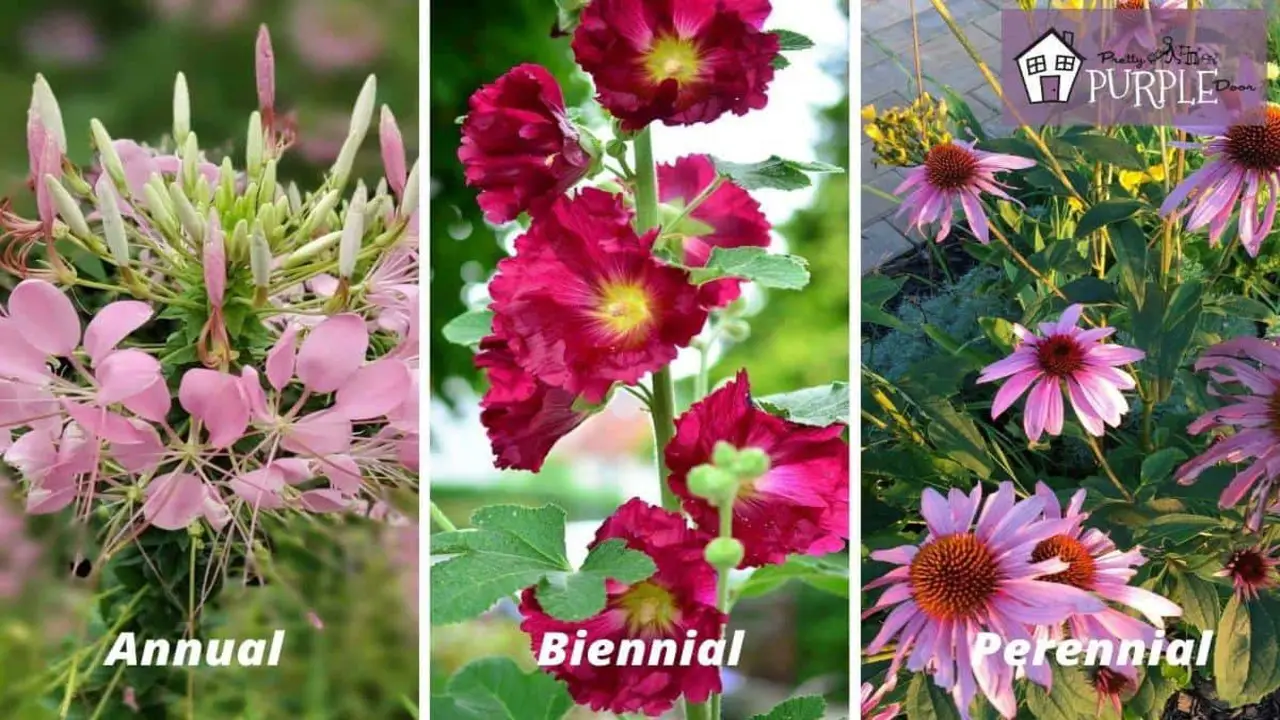
Unlike annuals that complete their life cycle within a year, biennials follow a different timeline. They take two years to go from seed to seed, with their first year focused on producing rosettes of foliage. During the second year, biennials burst into full bloom, showcasing their fabulous flowers and adding a touch of color to any garden.
Some biennials, such as lunaria or money plants, even have unique seed pods that continue to add visual interest long after flowering. Their ability to create wildflower meadows or natural-looking gardens makes them a favorite among gardeners.
The Benefits Of Growing Biennials In Your Garden
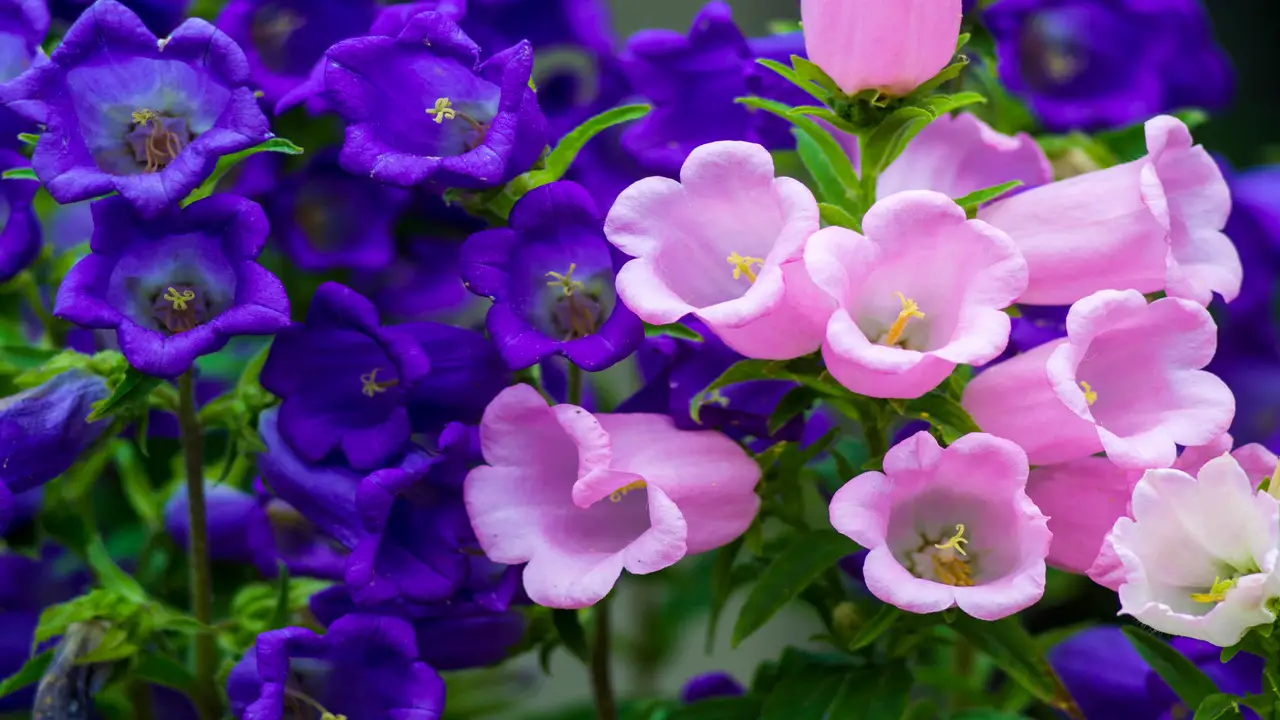
Biennials offer a longer-lasting display than annuals, bringing vibrant colors and variety to your garden. They can fill gaps in your garden when other plants are not blooming, ensuring continuous beauty throughout the seasons. With their low-maintenance nature, biennials require less attention than some perennial plants, making them ideal for busy gardeners.
The good news is that many biennials are self-seeding, allowing them to return year after year without replanting. Additionally, biennials can attract pollinators like bees and butterflies, enhancing the biodiversity of your garden.
Why Should You Choose Biennials Over Others?
Biennials can be a great choice for bringing life to your garden for several reasons. First and foremost, they are easy to grow, making them ideal for both experienced and novice gardeners. Biennials also offer a wide variety of beautiful blooms and foliage, adding color and texture to your garden. Another advantage of choosing biennials is their ability to self-seed, meaning they will return year after year without replanting.
This can save you time and effort in maintaining your garden. Additionally, biennials often have a longer blooming period than annuals, providing continuous beauty throughout the growing season. Whether you want to add vibrant flowers or interesting foliage to your garden, choosing biennials can help you achieve the desired effect with minimal hassle.
How To Plant And Grow Biennials
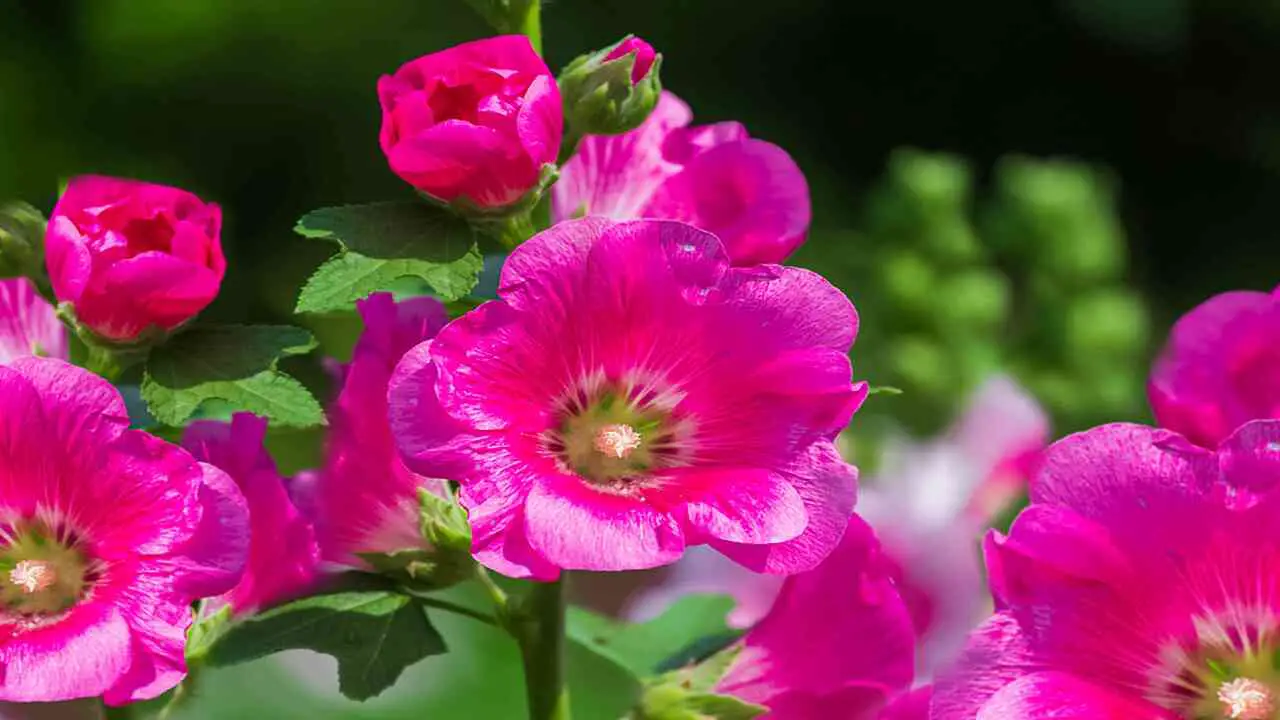
To plant and grow biennials, start by sowing the seeds indoors in early spring or directly in the garden during late summer. Choose an area with full sun to partial shade, depending on the specific plant’s requirements. Ensure that the soil is moist and well-draining for optimal growth.
To give the seedlings enough space to develop into healthy plants, thin them out. Additionally, mulch around the biennials to help retain moisture and suppress weeds. By following these steps, your biennials will thrive and soon be in full bloom.
Essential Steps For Planting Biennials
Planting biennials in your garden can add color and life to your outdoor space. By following these steps, you can ensure that your biennial plants thrive and bring beauty to your garden year after year. Here are some essential steps to follow when planting biennials:
- Choose The Right Location: Biennials thrive in well-drained soil and prefer areas with full sun or partial shade. Before planting, assess your garden to find the best biennial spot.
- Prepare The Soil: Biennials prefer fertile soil, so it’s important to prepare it before planting. Remove any weeds or debris and add organic matter such as compost or well-rotted manure to improve soil fertility.
- Sow The Seeds: Biennials are typically grown from seeds, which should be sown directly into the ground during spring or early summer. Follow the instructions on the seed packet for specific planting depths and spacing.
- Water Regularly: After sowing the seeds, thoroughly water the area and keep the soil moist until germination occurs. Once established, biennials generally require regular watering, especially during dry periods.
- Provide Support If Necessary: Some biennial plants, such as foxgloves or delphiniums, may require staking or support as they grow taller. Install stakes or place supports around the plants early to prevent them from bending or breaking.
- Mulch And Fertilize: Apply a layer of organic mulch around your biennial plants to help retain moisture and suppress weed growth. Additionally, you can fertilize with a balanced fertilizer to provide essential nutrients throughout the growing season.
Tips To Make Biennials Thrive

Biennials are a great addition to any garden as they thrive in various conditions. These plants have a unique life cycle that spans two years, with the first year dedicated to growth and the second year focused on flowering and producing seeds.
To make biennials thrive in your garden, By following these tips, you can bring life to your garden with easy-to-grow biennials and enjoy their beautiful blooms year after year. Here are some helpful tips:
- Water Regularly: Biennials require regular watering, especially during dry periods. Keep the soil moist but not waterlogged to prevent root rot.
- Mulch Around Plants: Applying a layer of mulch around biennials can help retain moisture in the soil and suppress weed growth.
- Fertilize Appropriately: Use a balanced fertilizer or compost to provide essential nutrients for healthy growth. Follow the package instructions for application rates.
- Deadhead Spent Flowers: Removing faded blooms can encourage new flower production and extend the blooming period of your biennials.
- Protect From Pests And Diseases: Monitor your plants regularly for signs of pests or diseases and take appropriate measures to control them. This may include using insecticidal soaps or organic pest control methods.
- Support Taller Varieties: Some biennials, like delphiniums or hollyhocks, may require staking or support to prevent them from toppling over in strong winds.
Bringing Life To Your Garden With Easy To Grow Biennials: Explained
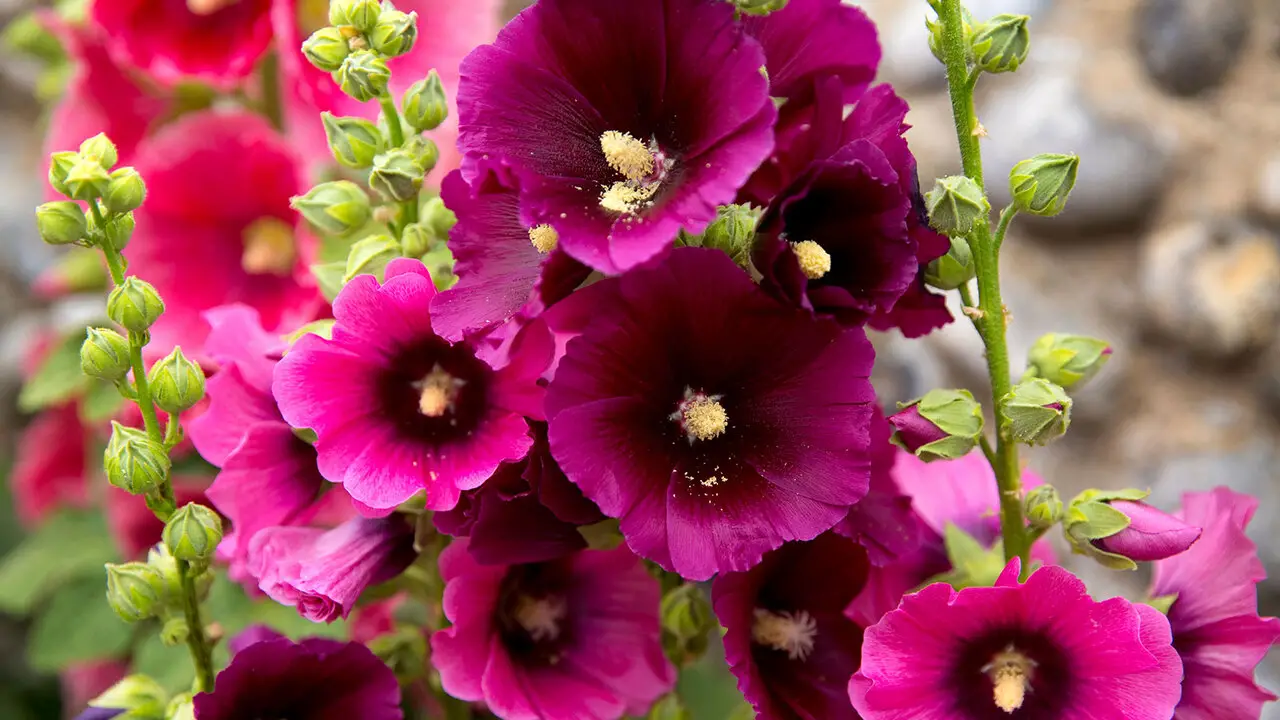
Biennials bring life and color to your garden with their stunning flowers, creating a vibrant and visually appealing space. They are easy to grow, making them a rewarding addition to any garden. Unlike annual plants, biennials offer a long-lasting display of fabulous flowers throughout the growing season, adding interest and beauty to your outdoor space.
With various biennial options, you can create a garden that bursts with vibrant colors and interesting textures. Additionally, these plants attract pollinators, contributing to a biodiverse and thriving ecosystem in your garden. Scroll down to get details on bringing life to your garden with easy to grow biennials.
Foxgloves: A Classic Garden Choice
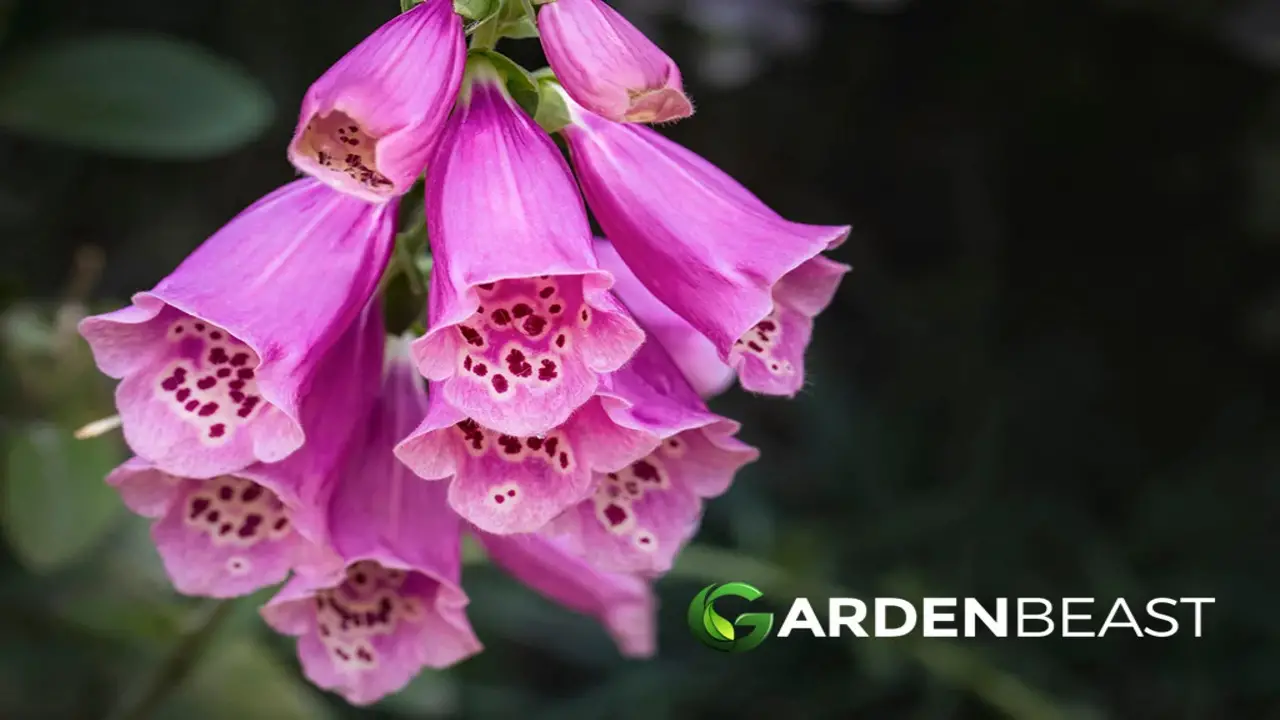
With their tall stems and clusters of tubular blooms, Foxgloves are beloved classic biennial flowers. Available in shades of pink, purple, and white, they add a touch of elegance to any garden. These biennials thrive in partial shade but can tolerate full sun in cooler climates.
They are a favorite among bees and other pollinators, contributing to a thriving ecosystem. To enjoy their fabulous flowers, plant foxgloves in early spring, and look forward to a stunning display in the second year. Foxgloves truly bring charm and sophistication to any garden.
Sweet William: Adding A Touch Of Romance
Adding a touch of romance to your garden is easy with Sweet William. These biennial plants boast clusters of small, fragrant flowers in various romantic colors, including red, pink, and white. To ensure the best results, plant Sweet William in well-drained soil and provide full sun to partial shade.
The good news is that these fabulous flowers can be planted as spring bulbs, ensuring a full bloom in the following year. With their romantic charm and vibrant blooms, Sweet William is a must-have for gardeners looking to add a touch of romance to their outdoor space.
Primrose: A Springtime Favorite
With their vibrant blooms, Primroses are a beloved choice for spring gardens. These flowers add a delightful splash of color to any landscape, whether in full sun or partial shade. Plant them in early spring, and you’ll be rewarded with beautiful blooms later.
The good news is that primroses can be grown as perennials or biennials, giving gardeners flexibility in their planting choices. So bring some life to your garden with these fabulous flowers that will brighten up your spring garden!
Forget-Me-Not: Small But Mighty
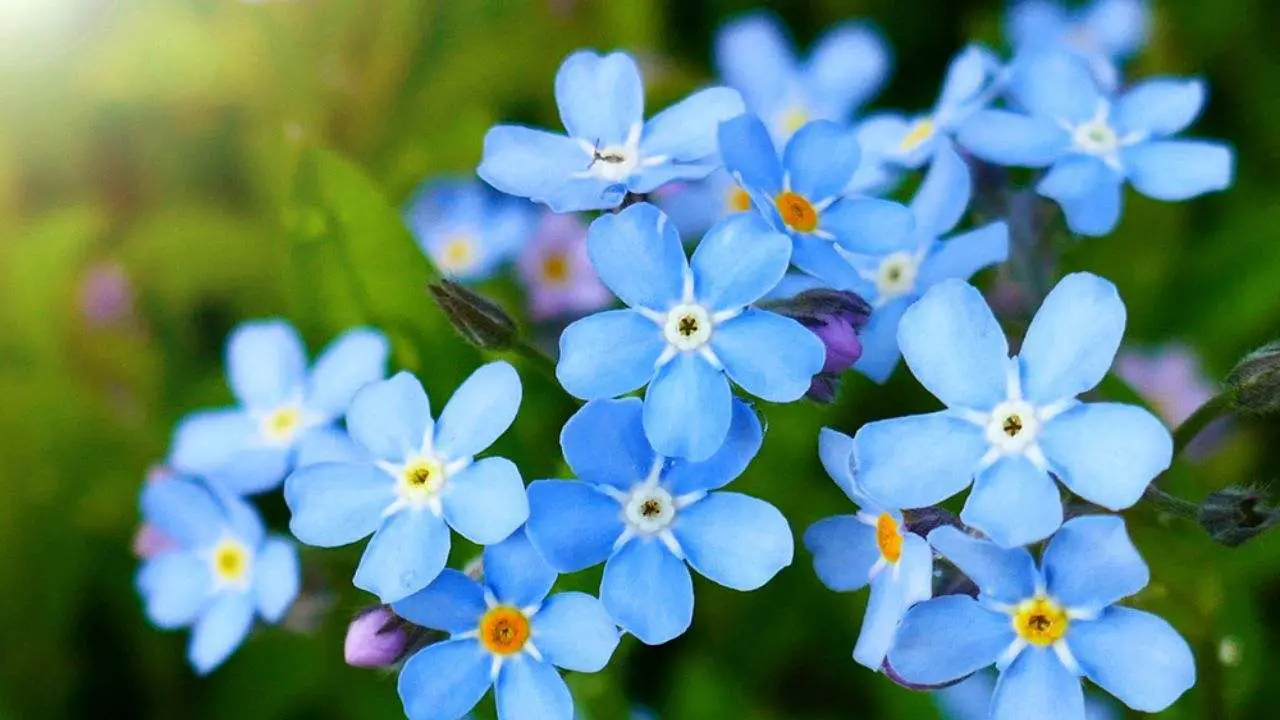
Forget-me-nots, despite their small size, have a powerful impact on your garden. These delicate flowers, available in shades of blue or pink, are visually pleasing and attract essential pollinators. For optimal growth, plant forget-me-not seeds in early fall, allowing them to bloom beautifully the following spring.
These biennial plants thrive in moist soil and partial shade, making them a versatile addition to any garden. The good news is that forget-me-nots will self-seed, ensuring new plants each year and creating a stunning display of fabulous flowers.
Caring For Your Biennials
Watering your biennials regularly is crucial, especially during dry periods, to keep them healthy and thriving. Deadheading the flowers encourages continuous blooming and prevents self-seeding if desired. Taller biennial varieties may require support in the form of stakes or trellises to prevent them from toppling over.
To nourish the soil for next year’s growth, apply a layer of compost or organic fertilizer in early fall. Lastly, practice good garden hygiene and use organic pest control to protect your biennials from common pests and diseases.
Maintaining The Health And Beauty Of Your Biennials

Maintaining the health and beauty of your biennials is essential for ensuring a vibrant and thriving garden. By following these maintenance practices, you can enjoy a flourishing garden filled with beautiful biennial plants year after year. Here are some tips to help you care for your biennial plants:
- Watering: Biennials require regular watering, especially during dry periods. Keep the soil consistently moist, but be careful not to overwater, which can lead to root rot.
- Fertilizing: Apply a balanced fertilizer once a month during the growing season to provide essential nutrients for healthy growth. Be sure to follow the instructions on the fertilizer packaging for proper application.
- Pruning: Deadheading spent flowers will encourage new blooms and help maintain the overall appearance of your biennials. Additionally, pruning any damaged or diseased foliage will promote plant health.
- Mulching: Applying a layer of organic mulch around your biennials can help conserve moisture, suppress weed growth, and regulate soil temperature.
- Pest And Disease Control: Monitor your biennials regularly for signs of pests or diseases. Treat any issues promptly with appropriate measures such as insecticides or fungicides.
Are All Biennials Self-Seeding Plants?
Not all biennials are self-seeding plants. While some biennials can produce seeds that will germinate and grow into new plants without any intervention, others may require assistance from gardeners to propagate. Self-seeding biennials can be a great addition to your garden, as they can help create a natural and constantly evolving landscape.
However, if you want to ensure that your biennials continue to flourish year after year, it is important to understand the specific needs of each plant and provide the necessary conditions for successful self-seeding or take steps to collect and sow their seeds manually. By incorporating a variety of biennials into your garden, you can bring life and color to your outdoor space with minimal effort.
Conclusion
To bring life to your garden, consider incorporating easy-to-grow biennials. These plants offer a unique touch to your outdoor space with their distinctive life cycle. Unlike annuals and perennials, biennials complete their life cycle in two years, offering a fresh and exciting experience each season.
The benefits of growing biennials in your garden are numerous. They add variety and color, attracting pollinators and creating a vibrant ecosystem. Biennials also require less maintenance than other plants, making them perfect for busy gardeners.
To ensure your biennials’ success, follow essential planting steps and provide proper care throughout their growth. Watering, fertilizing, and protecting them from pests and diseases will help maintain their health and beauty. We’ve discussed bringing life to your garden with easy to grow biennials.
Frequently Asked Questions
1.Do Biennials Only Last 2 Years?
Ans: Biennials typically have a lifespan of two years. They focus on vegetative growth and establishing their root system in their first year. In the second year, they bloom and produce seeds before dying off. Some biennials may self-seed and return the following year.
2.Do Biennials Come Back Every Year?
Ans: Biennials have a unique two-year life cycle. While some may self-seed and return annually, others may not. Foxgloves and hollyhocks are examples of biennials that can return yearly through self-seeding. To ensure continuous blooms, consider planting new biennials every other year.
3.What Are Examples Of Biennial Plants?
Ans: Some popular biennial plants include hollyhocks, foxgloves, sweet William, and Canterbury bells. These plants require two growing seasons to complete their life cycle and are known for their vibrant blooms that can add a touch of variety to any garden. Other examples of biennials include honesty, forget-me-nots, and wallflowers.
4.What Does Biennial Mean In Gardening?
Ans: Biennial plants in gardening refer to those that take two years to complete their life cycle. In the first year, they grow foliage and store nutrients in their roots, while in the second year, they produce flowers, set seeds, and then die. Popular biennial plants include foxgloves, hollyhocks, and sweet William.
5.Should I Grow Biennials In My Garden?
Ans: Considering the variety of colors, shapes, and textures they offer, biennials are a great addition to any garden. They provide long-lasting beauty with a lifespan of two growing seasons and require less maintenance than annuals. Popular biennial plants like foxgloves, hollyhocks, and sweet williams can charm your garden.

